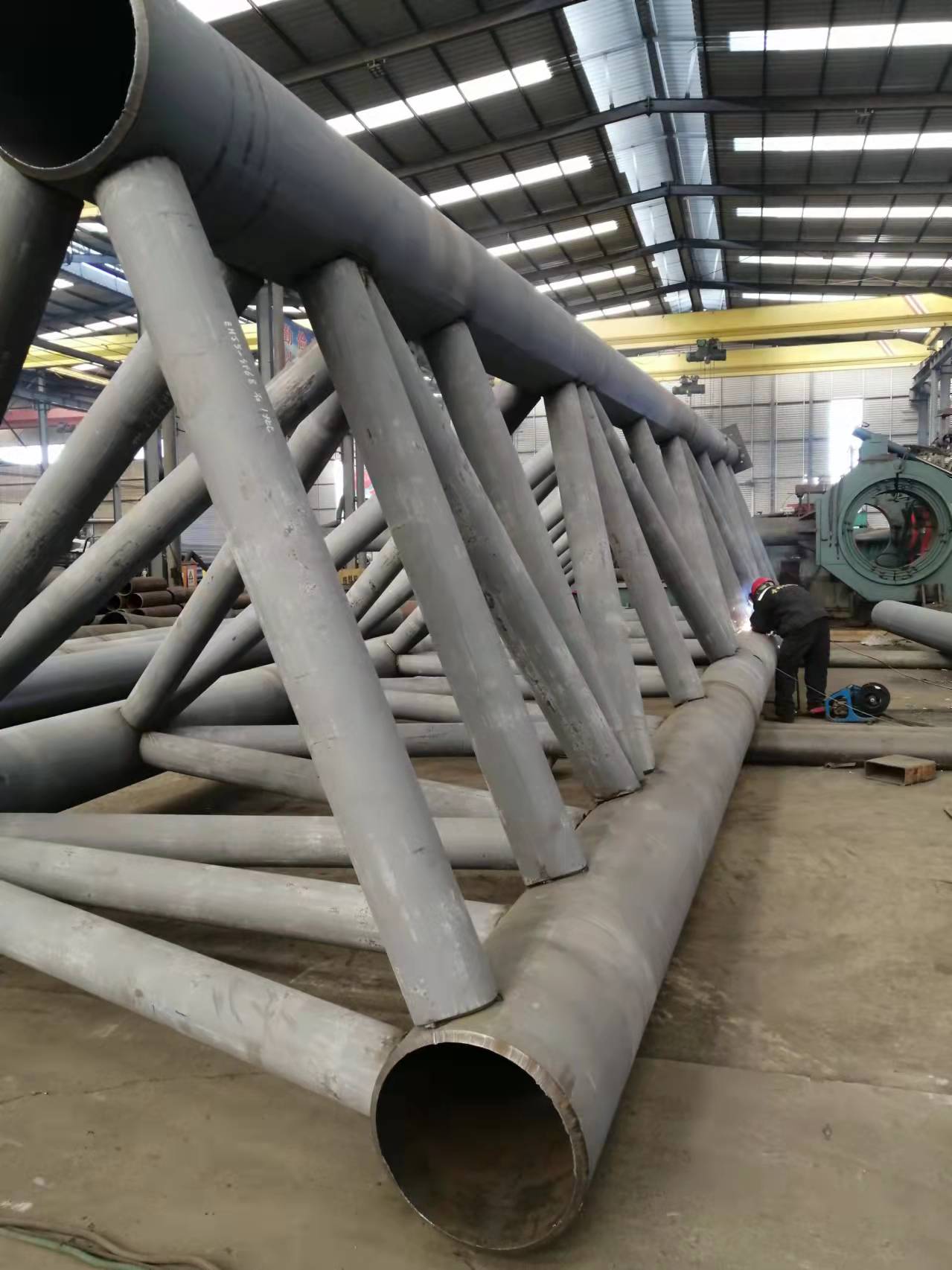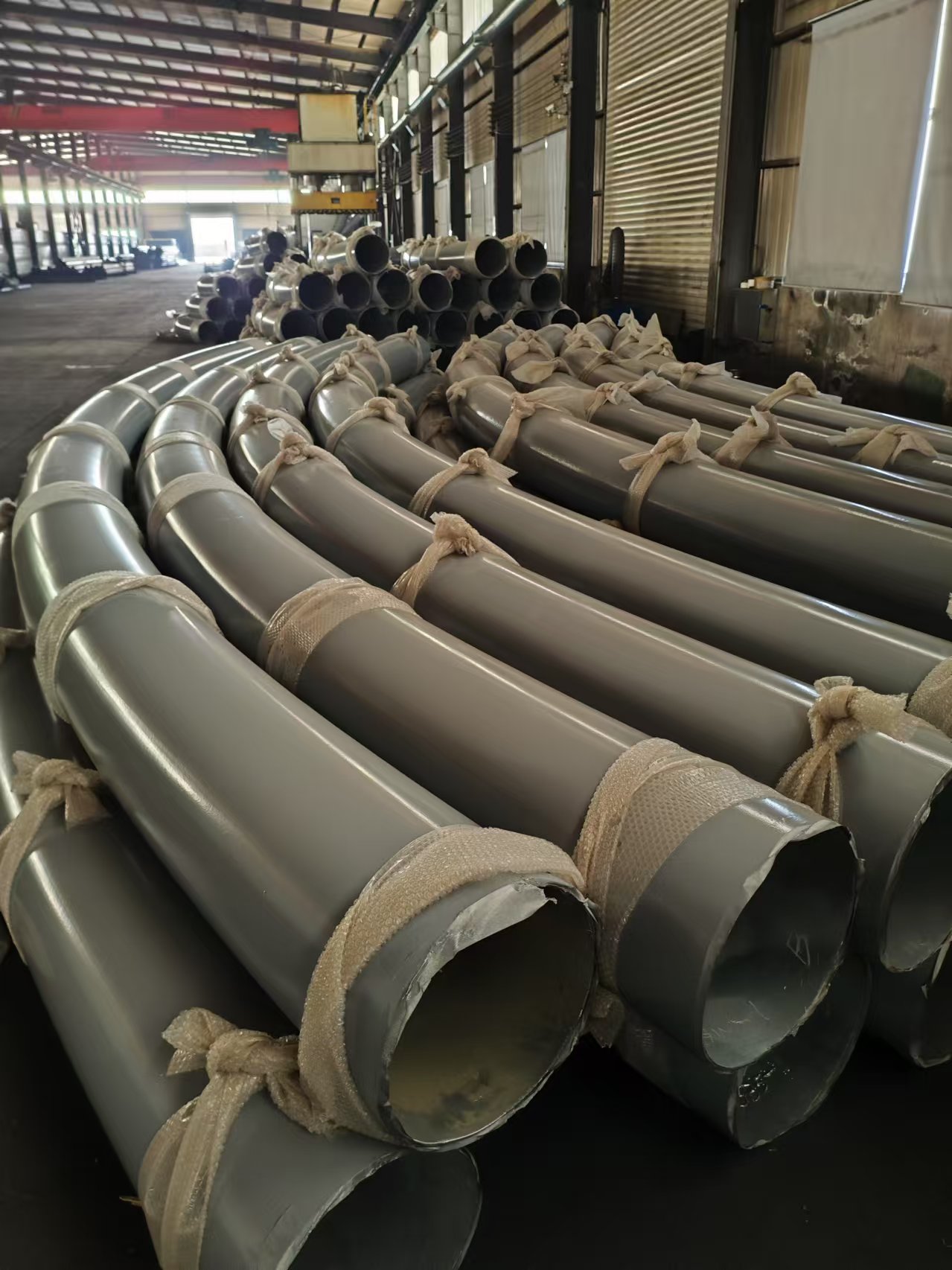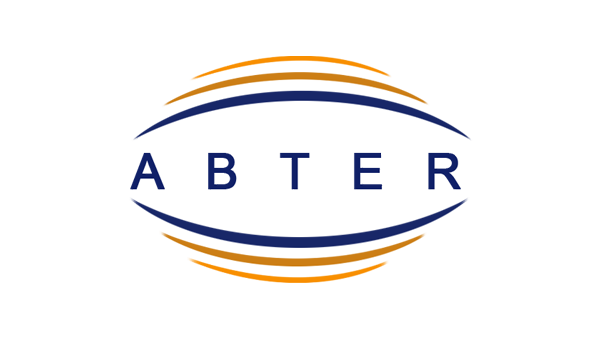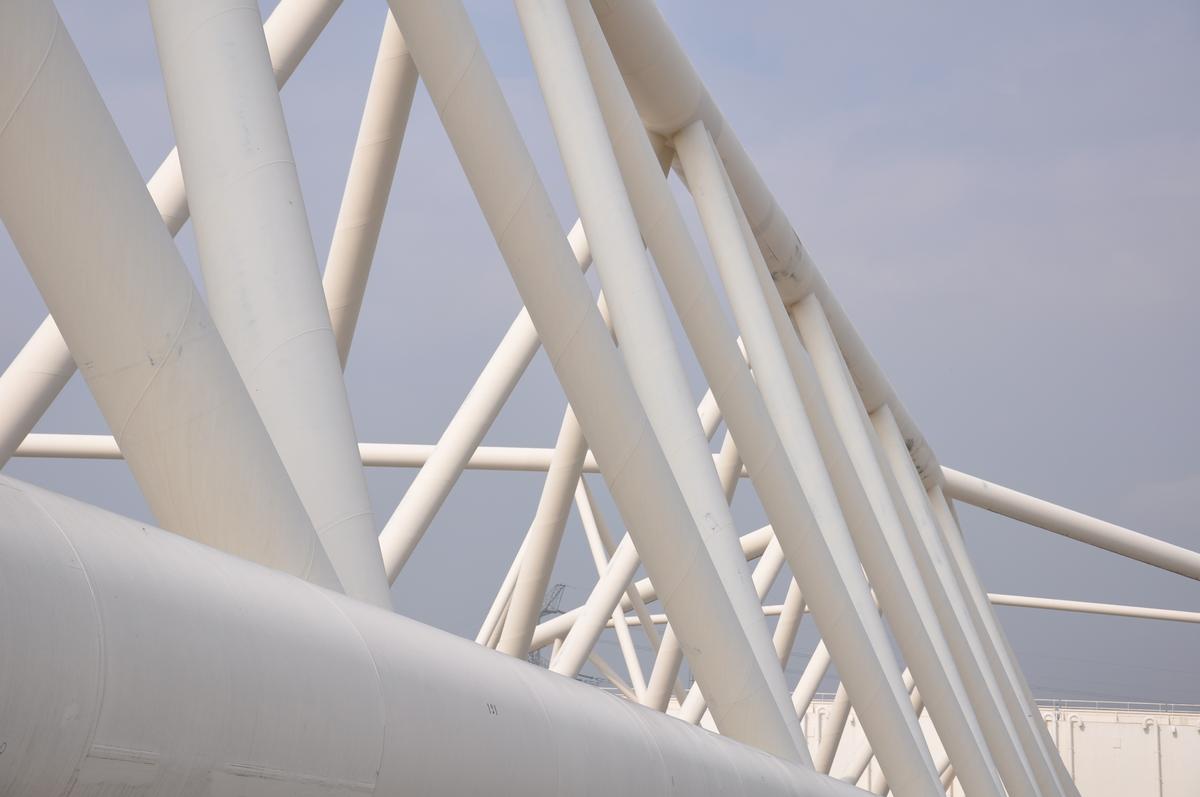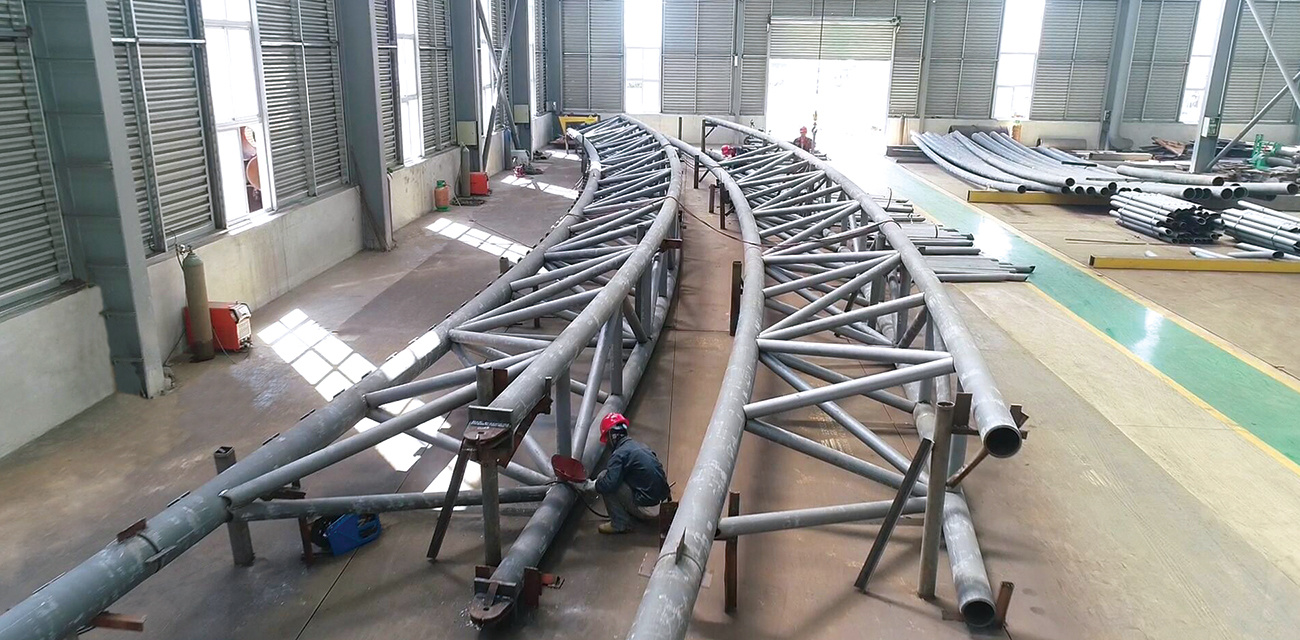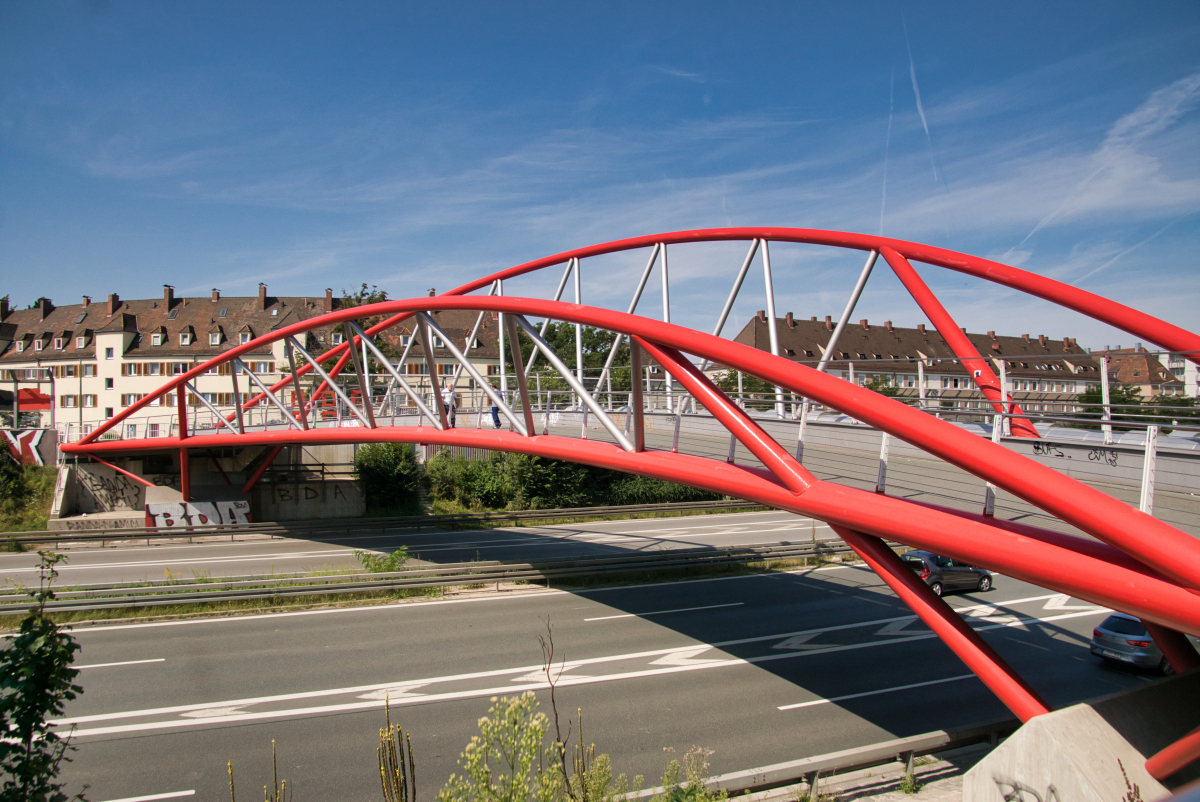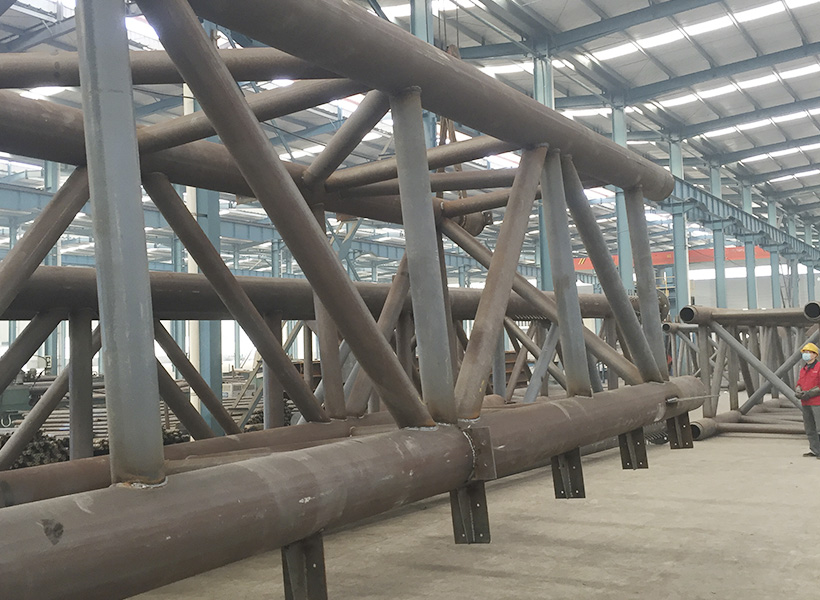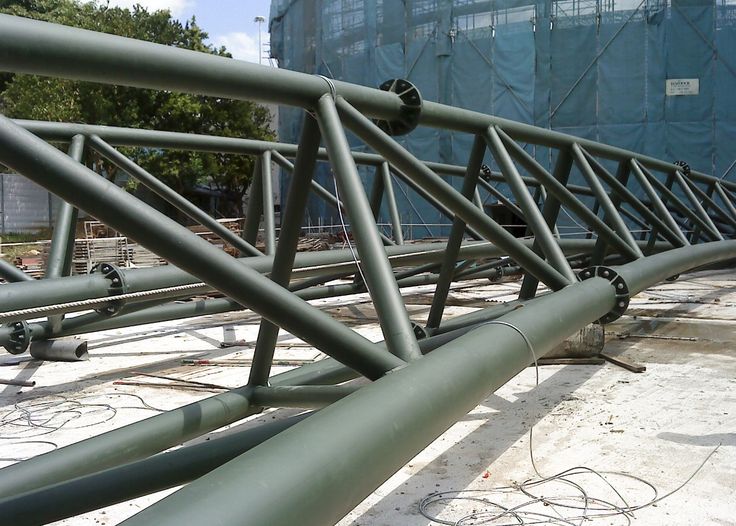Trelia de telhado de tubo de bêndos de aço em estruturas de aço de longo período: Uma análise abrangente
Introdução a treliças de telhado de tubo de bêndos de aço
As treliças de telhado de tubo de aço são parte integrante da engenharia estrutural moderna, particularmente para estruturas de longo alcance que exigem grande, Espaços sem colunas. Essas treliças utilizam seções de aço tubular, frequentemente dobrado ou curvo, Para formar estruturas trianguladas que fornecem índices excepcionais de força / peso, flexibilidade estética, e eficiência estrutural.
Aço de longo prazo estruturas, normalmente excedendo 20 metros, são usados em aplicações como terminais de aeroportos, arenas esportivas, salas de exposição, e instalações industriais. O uso de Bend
treliças de tubos aprimora os aspectos funcionais e arquitetônicos dessas estruturas, permitindo geometrias complexas e distribuição de carga eficiente. Esta análise investiga os parâmetros de engenharia, Considerações de fabricação, e comparações de desempenho de dobra de aço
treliças do telhado de tubo, Suportado por dados e informações técnicas.
Trelas de tubo de dobrar são distinguidos pelo uso de tubos de aço sem costura ou soldados, que são dobrados em formas específicas para formar acordes e membros da web. O processo de flexão introduz propriedades mecânicas exclusivas, como maior resistência à flambagem e apelo estético aprimorado, comparado às seções retas tradicionais.
O primário Os materiais utilizados incluem aços de carbono de alta resistência, como Q355B ou ASTM A500, que oferecem propriedades de tração e compressão superiores. O design dessas treliças deve explicar fatores como condições de carga, comprimento do vão, detalhamento conjunto, e influências ambientais, todos os quais são críticos para garantir a integridade e a segurança estruturais.
Parâmetros de engenharia e considerações de design
O design de treliças de telhado de tubo de bêndos de aço envolve uma compreensão detalhada da mecânica estrutural, propriedades dos materiais, e carregar interações. Os principais parâmetros de engenharia incluem proporção de span-spoth, diâmetro do tubo e espessura da parede, raio de flexão, e tipos de conexão. A proporção de espaço para profundidade normalmente varia de 10 para 25, com proporções mais baixas, resultando em treliças mais profundas que reduzem as forças dos acordes, mas aumentam a duração dos membros da Web. Para vãos longos (20–100 metros), Uma proporção de 15 a 20 geralmente é ideal para equilibrar o uso de materiais e a eficiência estrutural. Os diâmetros de tubo variam de 100 mm para 400 milímetros, com espessuras de parede de 6 a 16 mm, Dependendo dos requisitos de carga e extensão.
O processo de flexão introduz tensões residuais que devem ser cuidadosamente gerenciadas. De acordo com os padrões da indústria, O desvio na redondeza de tubos não deve exceder ± 0,75%, e o grau de flexão deve ser limitado a 3.0 mm/m para garantir a precisão dimensional. Juntas soldadas, comumente usado em treliças de tubo de dobra, deve cumprir com padrões como o BS EN 1993-1-8, que especificam requisitos para resistência à solda e rigidez da articulação. Por exemplo, quando soldagem tubos com espessuras desiguais, uma inclinação chanfrada de ≤1:2.5 é recomendado para minimizar as concentrações de estresse. Adicionalmente, A resistência ao fogo é uma consideração crítica, com treliças projetadas para atender a padrões como NFPA 5000, Freqüentemente, exigindo revestimentos de proteção ou tintas intumescentes para obter classificações de incêndio especificadas.
Técnicas de fabricação e fabricação
A fabricação de treliças de telhado de tubo de dobra envolve processos avançados para obter geometrias precisas e confiabilidade estrutural. Tubos de aço sem costura, preferido por sua uniformidade, geralmente são dobrados usando técnicas de flexão de indução quente ou a frio. Flexão quente, realizado em temperaturas em torno de 850-950 ° C, Permite raios mais apertados, mas pode alterar a microestrutura do material, necessitando de tratamento térmico pós-flexão para restaurar a força. Flexão a frio, Adequado para raios menores, preserva as propriedades do material, mas requer forças mais altas, Aumento dos custos de equipamento. A escolha do método de flexão depende do diâmetro do tubo, espessura da parede, e curvatura desejada.
Os desafios de fabricação incluem manter a precisão dimensional e garantir soldas de alta qualidade. As máquinas de corte parabólicas automatizadas são frequentemente usadas para obter cortes finais precisos para os nós que se cruzam, reduzindo a necessidade de placas de reforço e salvando material. Por exemplo, Um estudo de um sistema de treliça de 36 metros relatou um consumo de aço de aproximadamente 63 kg/m², significativamente menor que as estruturas tradicionais de seção aberta. As juntas são normalmente soldadas ou parafusadas, com nós de cruzamento soldados oferecendo uma aparência mais limpa, mas exigindo controle rigoroso de qualidade para evitar defeitos. O uso de nós hemisféricos para suportes de coluna em forma de árvore, Como visto em projetos como o Centro de Convenções Internacional de Guangzhou, Aumenta a flexibilidade das articulações e reduz o impulso horizontal.
Comparação de desempenho: BEND TIPE VS. Treliças convencionais
As treliças de tubo de curvatura oferecem vantagens distintas sobre as treliças convencionais feitas de seções de ângulo, I-feixes, ou seções estruturais ocas (HSS). Uma análise comparativa revela que seções tubulares, incluindo tubos de dobra, Reduza o peso próprio em 15 a 40% em comparação com seções de ângulo para vãos de 20 a 50 metros. Isso é atribuído à distribuição uniforme de material em torno do eixo neutro, o que aumenta as capacidades de compressão e flexão. Para uma treliça de 35 metros Howe, o uso de seções ocas circulares (Chs) resultou em um 15.2% Redução de peso em comparação com seções de ângulo, com seções Hollow Square (SHS) e seções ocas retangulares (RHS) alcançando até 26.2% poupança.
|
|
Trelia de tubo de dobra (Chs)
|
Treliça de ângulo convencional
|
Seção Holada quadrada (SHS)
|
|
|
|
|
|
|
|
|
|
|
Força de compressão (Mpa)
|
|
|
|
|
|
|
|
|
|
|
|
|
|
Classificação de resistência ao incêndio (hr)
|
|
|
|
A tabela acima ilustra o desempenho superior das treliças de tubo de dobra em termos de peso e controle de deflexão. No entanto, Os custos de fabricação para treliças de tubos de dobra podem ser 10 a 20% mais altos devido aos processos especializados de flexão e soldagem. Apesar disso, A economia geral de custos com o uso reduzido de material e a ereção simplificada geralmente superam as despesas iniciais, particularmente para vãos que excedem 30 metros.
Comportamento estrutural em condições de carga
O comportamento estrutural das treliças do telhado do tubo de dobra sob várias condições de carga - morto, ao vivo, vento, e sísmico - exige uma análise rigorosa. Modelagem numérica, conforme conduzido para uma treliça de 54 metros, mostra que o deslocamento vertical máximo ocorre no meio da extensão, normalmente em torno de 31-33 mm sob cargas verticais, bem dentro do limite de engenharia de 1/300 do período. A análise de estresse indica que as tensões máximas permanecem abaixo da força de escoamento do aço Q355b (355 Mpa), garantir a segurança durante a construção e operação. Para cargas sísmicas, O componente vertical do movimento do solo pode afetar significativamente as treliças de longo prazo, particularmente em zonas de quase falha. Um estudo paramétrico usando o software SAP2000 identificado força axial, Deslocamento vertical, e momento de flexão base como parâmetros críticos sob movimento vertical do solo.
Cargas de vento, calculado por ASCE 7-16, são outro fator crítico. Para uma treliça com um espaçamento de 3,33 metros, As pressões do vento em componentes e revestimentos podem atingir 1,2 a 1,5 kPa, necessitando de sistemas de suporte robustos. Trelas de tubo de dobrar, com sua alta rigidez e grande raio de seção de girração, exibir excelente resistência à flambagem lateral, tornando -os ideais para estruturas abertas, como terminais de aeroporto. No entanto, A expansão e contração térmica devem ser abordadas, Como tubos de aço são suscetíveis a tensões induzidas pela temperatura, causando desvios potencialmente de 1 a 2 mm/m em climas extremos.
Estudos de caso e aplicações práticas
Aplicações práticas de treliças de telhado de tubo de dobrar são evidentes em projetos de referência. O Guangzhou O International Convention Center utilizou um sistema de treliça de tubo de aço com um período de 36 metros, Suportado por colunas em forma de árvore, alcançando uma deflexão de 60 milímetros (1/383 do período) e um consumo de aço de 63 kg/m². De forma similar, O Velódromo Laoshan para as Olimpíadas de Pequim empregava treliças de tubo espacial, demonstrando sua capacidade de atender aos requisitos estéticos e funcionais. Esses projetos destacam a versatilidade das treliças de tubos de dobra para acomodar formas arquitetônicas complexas, mantendo a integridade estrutural.
Comparativamente, Tacadas convencionais em aplicações semelhantes geralmente requerem apartamento adicional ou seções mais pesadas, Aumento dos custos de material em 10 a 20%. O uso de tubos de curvatura permite a integração perfeita de sistemas mecânicos e elétricos através da Web Truss, reduzindo a necessidade de enquadramento secundário. No entanto, Desafios como imperfeições de solda e a necessidade de equipamento de corte preciso ressalta a importância da fabricação qualificada e do controle de qualidade.
Conclusão e direções futuras
As treliças de telhado de tubo de aço representam um auge de engenharia estrutural para aplicações de extensão longa, oferecendo um equilíbrio de força, economia, e apelo estético. Sua capacidade de reduzir o peso próprio, acomodar geometrias complexas, e resistir a diversas cargas torna-os uma escolha preferida para a construção moderna. Avanços futuros na fabricação, como dobra automatizada e soldagem a laser, prometem melhorar ainda mais a sua relação custo-eficácia e precisão. No entanto, pesquisas contínuas são necessárias para otimizar os processos de dobra, minimizar tensões residuais, e desenvolver diretrizes de projeto padronizadas para vários vãos e condições de carga. Integrando ferramentas avançadas de simulação como SAP2000 e Tekla Structures, os engenheiros podem continuar a ultrapassar os limites das estruturas de aço de longo vão, garantindo segurança e sustentabilidade na inovação arquitetônica.
A escolha de materiais para treliças de telhado com tubos curvos de aço é fundamental para seu desempenho em estruturas de longo vão.. Aços de baixa liga de alta resistência, como Q355B (força de rendimento 355 Mpa) ou ASTM A500 Grau C, são comumente usados devido às suas excelentes propriedades de tração e compressão, bem como sua soldabilidade. Esses aços fornecem uma proporção de força / peso favorável, o que é essencial para minimizar o uso de material em vãos que excedem 20 metros. Por exemplo, uma treliça de 40 metros usando tubos Q355b com um diâmetro de 219 mm e uma espessura da parede de 8 mm pode obter uma redução de peso de aproximadamente 20% Comparado às treliças equivalentes de feixe I. No entanto, A seleção de material também deve considerar a resistência à corrosão, particularmente para estruturas expostas a ambientes severos, como arenas costeiras ou instalações industriais. Tubos de aço galvanizados ou inoxidáveis podem ser empregados, Embora aumentem os custos em 15 a 25%.
A otimização do uso do material envolve análise de elementos finitos (FEA) Para determinar as dimensões mínimas do tubo que atendem aos requisitos de carga enquanto aderem aos limites de deflexão (normalmente span/300). Por exemplo, um trels de span de 50 metros submetido a uma carga viva de 1.0 KN/m² e carga de vento de 1.2 KPA requer tubos com uma proporção de diâmetro / espessura mínimo (D/t) de 20 a 30 para evitar a flambagem local. O uso de parafusos de alta resistência (nota 10.9) ou as soldas de penetração total garantem conexões robustas, Mas estes devem ser projetados para lidar com cargas dinâmicas, como os de vibrações induzidas pela multidão em estádios, que podem atingir frequências de 1,5 a 3,0 Hz.
Precisão de fabricação e controle de qualidade
A fabricação de treliças de tubo de dobra exige alta precisão para garantir a integridade estrutural e a qualidade estética. Flexão de indução, seja quente ou frio, é o principal método para moldar tubos. Indução a quente flexão, conduzido a 850-950 ° C., permite raios tão apertados quanto 1,5d (onde d é o diâmetro do tubo), mas pode reduzir a força de escoamento em 5 a 10% devido a mudanças microestruturais. Flexão a frio, realizado em temperaturas ambiente, preserva as propriedades do material, mas é limitado a raios de 3D ou mais, exigindo equipamentos especializados com capacidades excedendo 500 KN. Inspeções pós-flexão, como testes ultrassônicos, são críticos para detectar micro-palhetas ou ovalidade, com tolerâncias aceitáveis definidas por padrões como EN 10219 (ovalidade ≤2%).
A soldagem é um aspecto crítico da fabricação, particularmente para nós de cruzamento onde vários tubos convergem. O uso de sistemas de soldagem automatizados, como a soldagem robótica de MIG ou TIG, melhora a consistência e reduz os defeitos. Um estudo de caso de uma treliça de 60 metros revelou que a soldagem automatizada reduziu as imperfeições de solda por 30% comparado aos métodos manuais, diminuindo o risco de falha de fadiga sob carga cíclica. Medidas de controle de qualidade, incluindo testes não destrutivos (END) como inspeção de partículas radiográficas ou magnéticas, Garanta a conformidade com padrões como AWS D1.1. Esses processos adicionam 10 a 15% aos custos de fabricação, mas são essenciais para a durabilidade a longo prazo.
Distribuição de carga e dinâmica estrutural
O comportamento estrutural das treliças do telhado do tubo de dobra sob condições complexas de carregamento é uma consideração essencial. As treliças de longa duração devem resistir a uma combinação de cargas mortas (peso próprio, telhado, e sistemas MEP), cargas vivas (ocupação ou neve), Cargas de vento, e forças sísmicas. Para uma treliça de 45 metros com uma configuração Pratt, Modelagem de elementos finitos usando software como ANSYS ou SAP2000 indica que as tensões máximas ocorrem nos cruzamentos de acordes na Web, normalmente de 200 a 2550 MPa sob carga combinada. O uso de seções ocas circulares (Chs) Nas treliças de tubo de dobra aumentam a rigidez torcional, Redução de riscos de flambagem de torção lateral em comparação com seções abertas, como as vigas I.
A análise dinâmica é crucial para estruturas como arenas esportivas, onde vibrações induzidas pela multidão ou oscilações induzidas pelo vento podem afetar o desempenho. Por exemplo, Uma treliça de 70 metros em um velódromo experimentou uma frequência natural de 2.1 Hz, próximo à frequência de cargas induzidas pelo homem (1.5–2.5 Hz), necessitando de amortecedores para mitigar a ressonância. Design sísmico, por códigos como o IBC 2021, requer consideração do movimento vertical do solo, que podem amplificar forças axiais nos membros da web até 40%. Trelas de tubo de dobrar, com suas seções uniformes, distribua essas forças com mais eficácia do que as treliças de ângulo, reduzindo as concentrações de estresse em 15 a 20%.
Análise Comparativa: BEND TUSUSSES VS VS. Sistemas alternativos
Para elucidar ainda mais as vantagens das treliças de tubo de dobrar, Uma comparação detalhada com sistemas alternativos, como molduras espaciais e telhados estaios de cabo, é garantido.
Quadros espaciais, frequentemente usado para vãos excedendo 50 metros, distribuir cargas em uma grade tridimensional, Oferecendo alta redundância, mas exigindo 20 a 30% mais de aço que as treliças de tubo de dobra para vãos equivalentes. Telhados encolhidos por cabo, enquanto leve, Confie em cabos de alta tensão que aumentam os custos de manutenção e são menos adequados para geometrias complexas. Trustes de tubo de dobra atingem um equilíbrio, Oferecendo flexibilidade no design e uso de material reduzido.
|
|
|
|
|
|
|
|
|
|
|
|
|
|
|
Tempo de construção (meses)
|
|
|
|
|
|
|
|
|
|
|
|
|
|
|
|
|
|
|
Esta tabela destaca a eficiência das treliças de tubo de dobra em termos de uso do material e velocidade de construção, Embora os quadros espaciais possam ser preferidos para vãos ultra-longos (>100 m) Devido à sua redundância. Sistemas estaios de cabo, enquanto leve, requer tensionamento frequente de cabos, aumentando os custos do ciclo de vida em 10 a 20%.
Considerações ambientais e de sustentabilidade
A sustentabilidade é uma preocupação crescente na engenharia estrutural, e as treliças de tubo de dobrar oferecem várias vantagens. Seu consumo reduzido de aço reduz o carbono incorporado, com uma treliça de 50 metros emitindo aproximadamente 10 a 15% menos CO₂ durante a produção em comparação com as treliças de ângulo. O potencial de reciclagem é outro benefício, Como os tubos de aço são 100% reciclável, alinhando com princípios de economia circular. No entanto, o processo de flexão intensiva em energia, particularmente curvada quente, pode aumentar a pegada de carbono em 5 a 10%, a menos que seja alimentada por fontes de energia renovável.
Para melhorar a sustentabilidade, Os engenheiros podem adotar projetos modulares, permitindo pré-fabricação e soldagem reduzida no local. Um sistema de treliças modular de 30 metros, por exemplo, tempo de montagem reduzida por 25% e desperdício por 15% comparado aos métodos tradicionais. Adicionalmente, o uso de revestimentos de baixo carbono, como tintas intumescentes à base de água, pode melhorar a resistência ao fogo e minimizar o impacto ambiental. Inovações futuras, como a integração de aço reciclado ou compósitos avançados, poderia reduzir ainda mais a pegada ecológica das treliças de tubo de dobrar.
Desafios e estratégias de mitigação
Apesar de suas vantagens, As treliças de tubo de dobrar enfrentam desafios, incluindo altos custos de fabricação inicial, sensibilidade aos defeitos de fabricação, e efeitos térmicos. O custo de equipamentos de flexão especializados e mão -de -obra qualificada pode aumentar os orçamentos do projeto em 10 a 20%, particularmente para projetos de pequena escala. Para mitigar isso, Tamanhos de tubo padronizados e raios de flexão podem ser adotados para otimizar a produção. Imperfeições de solda, o que pode reduzir a vida de fadiga até 30%, requer NDT rigoroso e protocolos de garantia de qualidade.
Expansão térmica, particularmente em regiões com variações de temperatura de 40 ° C ou mais, pode induzir tensões em treliças de extremidade fixa. Articulações de expansão ou suportes deslizantes, projetado para acomodar movimentos de 5 a 10 mm, pode mitigar este problema. Adicionalmente, A proteção contra corrosão é fundamental para estruturas externas, com galvanização de mergulho quente oferecendo uma vida de serviço de 50+ anos em ambientes moderados, comparado a 20 a 30 anos para revestimentos orgânicos.
Tendências e inovações futuras
O futuro das treliças do telhado de tubos de dobra está na integração de tecnologias digitais e materiais avançados. Modelagem de informações de construção (Bim) Ativa a coordenação precisa entre o design, fabricação, e ereção, reduzindo erros por 20%. O uso do aprendizado de máquina no FEA pode otimizar as configurações de treliça, prevendo modos de falha com 95% precisão. Adicionalmente, A adoção de aços de alta resistência como o Q460 (força de rendimento 460 Mpa) pode reduzir ainda mais o uso de material em 10 a 15%, Embora seu custo mais alto exija uma análise econômica cuidadosa.
Técnicas de fabricação emergentes, como nós de aço impresso em 3D ou flexão guiada a laser, promessa para aumentar a precisão e reduzir o desperdício. Por exemplo, Um projeto piloto em Xangai usou nós impressos em 3D para uma treliça de 25 metros, reduzindo o tempo de fabricação por 30%. Essas inovações, combinado com práticas sustentáveis, Posicione treliças de tubo de dobra como uma pedra angular da engenharia estrutural moderna de longo prazo.
